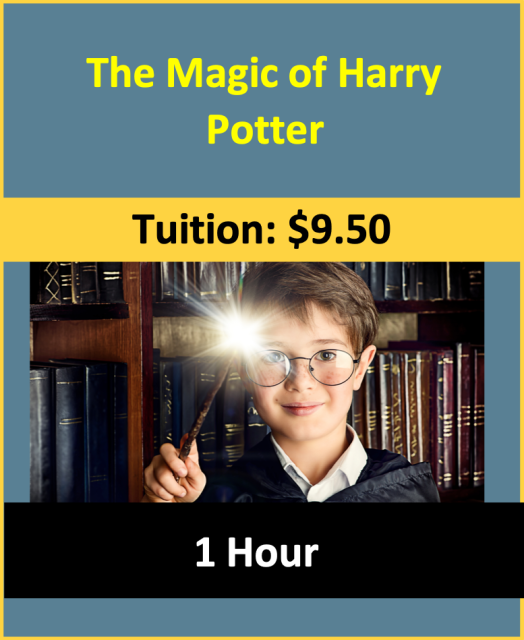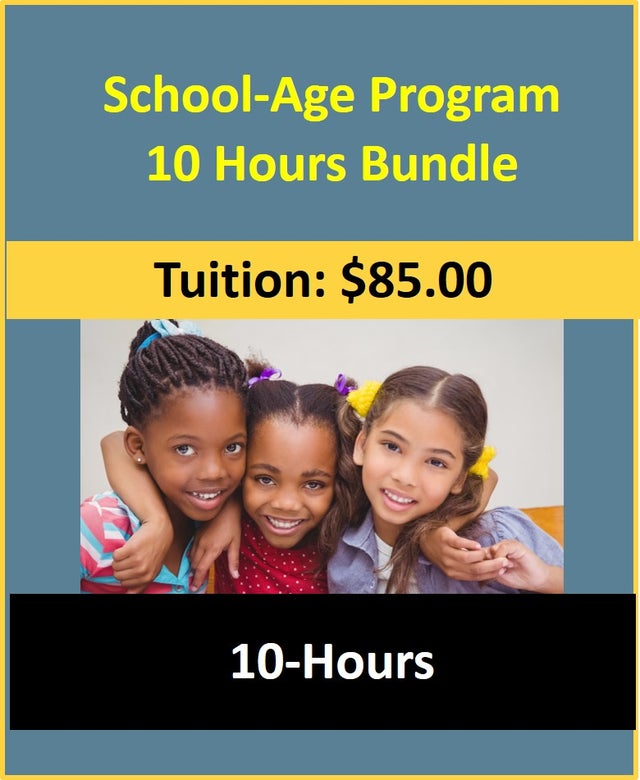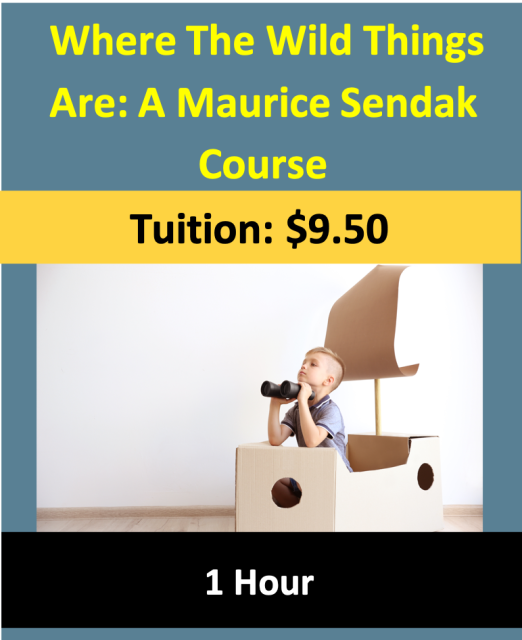Max's Boat Healthy Snack
|
Activity:
Max's Boat Healthy Snack
Lesson plan developed by Aurora Tollestrup, BS Ed.
Age Group:
Objectives:
Children will:
|
|
I.2.3b
|
b) Models, communicates and provides activities that teach the importance of good health to children and families
|
Procedure:
- Read Where the Wild Things Are.
- Present assorted healthy food options and begin a discussion about healthy eating habits.
- Invite children to make Max’s private boat from the book Where the Wild Things Are out of the presented healthy food items.
- Give each child a scoop of Jell-O and explain that dessert portions should be fairly small because they are not always a healthy option.
- Next, begin to create Max’s boat for an example and place it on the Jell-O “ocean.”
- Allow children to make their own boats now and allow them to choose their portion sizes and combination of pieces.
- Be sure to explain that the boats they create will only be eaten by them, and urge them to make conscious portion size choices.
Assessment:
- Did students create a sailboat? Did they try new foods and discover a healthy food option that they wouldn’t have tried on their own?
Fantasy and Fairytale
“Children do live in fantasy and reality; they move back and forth very easily in a way we no longer remember how to do.” -Maurice Sendak
|
We Are All in the Dumps with Jack and Guy: Two Nursery Rhymes with Pictures
|
Children learn through play. They use their creativity and imagination to explore the world around them and absorb the information that they get from this. Maurice Sendak uses this knowledge as a catapult to include fairytale and fantasy elements in his writing. He believed that reality and fantasy did have a healthy relationship for children and that if a child were to have the opportunity to experience those elements, they were better equipped to work their way through life.
|
|
The elements of fantasy and fairytales are very similar. Both genres include a hero or heroine, conflict, a journey (either literally or metaphorically), and a discovery. The books that Sendak has written and illustrated almost all include these elements. What’s more is that he has the confidence in children to sort through the uncertainty and sometimes upsetting themes to come out on the other side with a new courage and voracity of life even if it is in small amounts. His work, though at times off-putting and even controversial is intended for a positive outcome for children.In 1963 his most famous book Where the Wild Things Are was published which took the children’s literature world by storm. Sendak both wrote and illustrated the book which became an instant classic. The tale of a boy who is punished by his mother and embarks on a vivid imaginative journey to where the wild things are combined fantasy with remarkable illustrations that allows a child’s mind to soar.
|
Alligators All Around (The Nutshell Library)
|
Why teach fantasy and fairytale?
- It teaches children about right and wrong.
- It helps children sort through emotions and supports emotional development.
- It fosters critical thinking skills.
- It gives children opportunities to develop empathy.
- They give children exposure to scary things within a safe and secure context which is always sorted out.
- They teach life lessons in an honest format.
Infants and toddlers can benefit from learning these valuable skills just as preschool children can. Developing empathy and feelings for others builds upon their budding social and emotional development and helps them build trusting peer relationships. Mobile infants and especially toddlers are learning boundaries and right from wrong at an accelerated rate. Introducing fairytales and fantasy with clear right from wrong even from an early age can benefit children in their social and emotional development.
Click on the course icon for enrollment information.



















